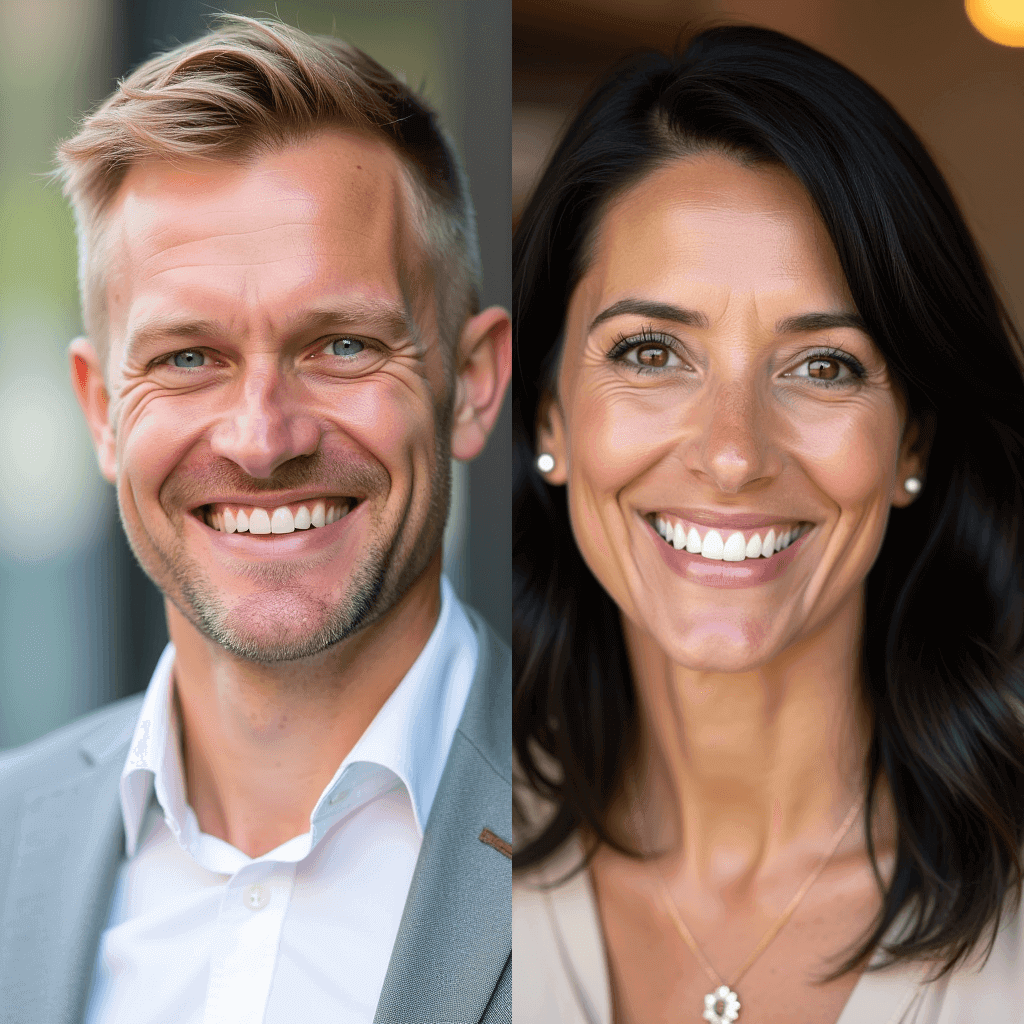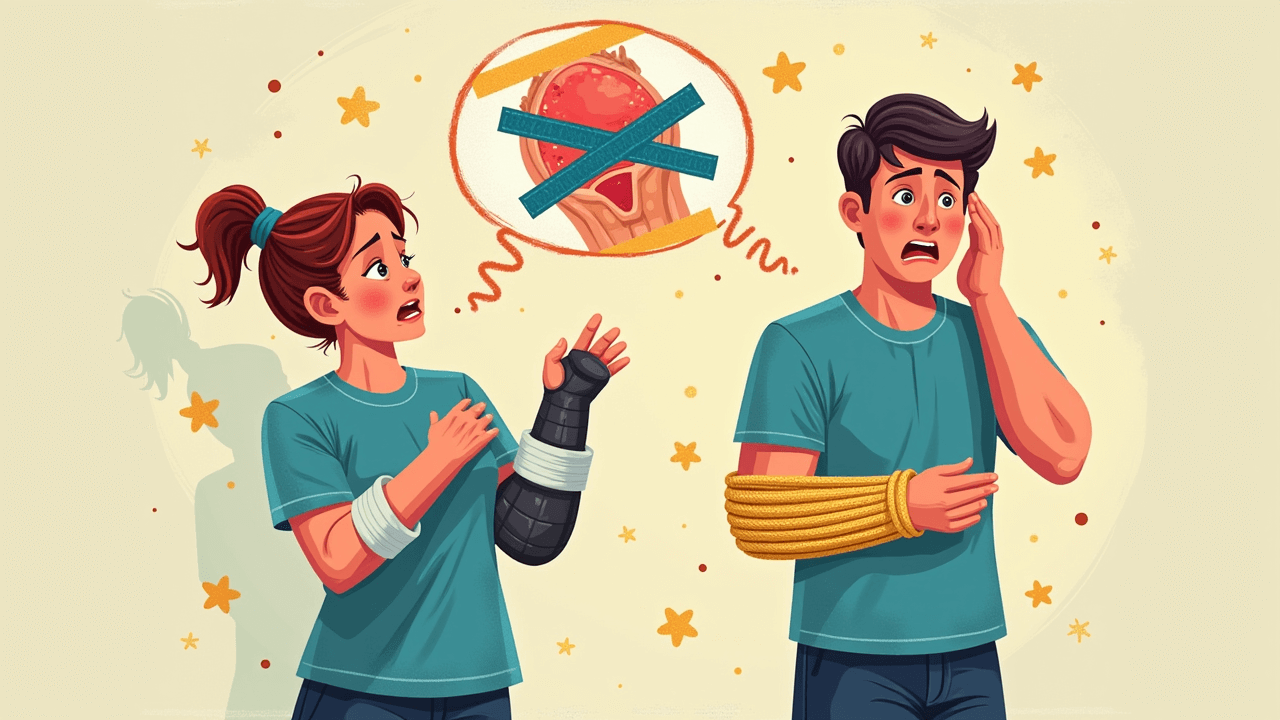Why Doesn’t the Body Heal Perfectly Every Time?
Ever notice those little aches and pains that stick around long after you think they should have healed? Maybe you twisted your ankle a few months ago, or you’re hearing about athletes who seem to never fully recover from their injuries. It’s natural to wonder why the body, this incredible machine, doesn’t just bounce back every single time.
Today, we’re diving into why some injuries seem to linger and why your body doesn’t always heal like you expect it to. We’re also talking about why athletes face different challenges and how new therapies like stem cell treatment could offer hope.
Why Doesn’t Everything Heal Completely?
One of the most common questions people have is: why doesn’t the body just heal perfectly? It seems like the body should go back to “factory settings” after an injury, right? But it turns out that the body prioritizes functional healing over perfect healing.
Think of it this way: if you’re being chased by a predator, it’s more important to get back on your feet quickly, even if you’re not 100% healed, than to spend time making sure every part is perfectly restored. It’s like patching up a leaky boat—your goal is to stay afloat, not to win a beauty contest.
Functional Healing vs. Perfect Healing
One great analogy shared was about a frayed rope. The quickest fix might be to wrap some tape around it. It’s not perfect, but it works. Fully replacing the rope would take longer, and the body doesn’t always have the time or resources to do that. This is often what happens in the healing process—your body patches up the damage, but it might not be perfect.
Why Do Some Injuries Linger?
When it comes to stubborn injuries like cartilage damage, things get more complicated. Cartilage, which cushions your joints, is notoriously hard to repair because it doesn’t get a lot of blood flow. Without a steady supply of blood, nutrients, and oxygen, your body can’t effectively repair the damage.
One person shared their experience with what started as a minor ankle injury. It didn’t seem like a big deal at first, but it ended up affecting the cartilage, leading to long-term pain. This lack of blood flow to certain tissues explains why even minor injuries can stick around for a long time.
Can Stem Cells Help Heal Cartilage?
Cartilage injuries are particularly difficult because the body doesn’t have a natural way to fix them easily. But there’s hope. People in the discussion mentioned stem cell therapy, which is one of the most promising areas in regenerative medicine today.
The idea is simple: stem cells, which can become any type of cell, are introduced into the damaged area. They can help rebuild the damaged tissue, giving your body a boost in its natural healing process. While it’s still in the early stages, there’s real potential here, especially for people dealing with long-term cartilage problems.
Pain Doesn’t Always Mean Damage
Something else that came up is the idea that pain doesn’t always mean there’s still damage in the body. We often think of pain as a sign that something is physically wrong, but that’s not always the case. Pain is actually more complex than we realize.
Pain can have physical, psychological, sociological, and neurological causes. For example, you might have recovered from an injury, but if you’re scared of hurting yourself again, that fear can manifest as real pain. Similarly, the way we talk about our injuries, like saying “my back is killing me,” can make the pain feel worse.
Understanding Chronic Pain
Sometimes, even after an injury has healed, your nervous system continues sending pain signals. These “sticky” pain signals can lead to chronic pain, even though the original injury is long gone. It’s like a faulty wiring system that keeps sending the wrong messages to your brain.
Why Do Athletes Struggle With Lingering Injuries?
Athletes deal with these issues on a whole other level. Their bodies are finely tuned machines, and even a small injury can throw everything off. Think of it like a race car: a minor engine issue could be the difference between winning and losing.
For an athlete, an injury like a broken arm can be devastating, especially if it affects the shoulder or another critical area. Even a tiny loss in range of motion could mean the end of a career for someone who depends on that movement for their sport.
What About Bone Healing?
Bones are incredible healers, but even they don’t always heal perfectly. When a bone breaks, your body sends cells to start rebuilding, but if the bone wasn’t set perfectly, it could heal slightly out of alignment. These minor imperfections might not matter for most people, but they can cause problems later, like stiffness or pain.
What Can You Do to Heal Better?
The big takeaway from all this is that we need to listen to our bodies. Those little aches and pains? They’re your body trying to tell you something. Ignoring them can turn a minor injury into a chronic issue.
Also, how we think about pain can influence how we feel it. Changing your mindset—through mindfulness or even just changing how you talk about your pain—can have a real impact. Research shows that believing you can manage your pain makes it easier to deal with.
FAQ
What is functional healing?
Functional healing is when the body repairs an injury enough to restore basic function, but not necessarily to its original, perfect condition. It’s more about getting you moving again quickly than achieving flawless repair.
Why does cartilage take longer to heal?
Cartilage has poor blood flow, which means it doesn’t get the nutrients and oxygen it needs to heal effectively. This is why cartilage injuries, especially in the joints, can linger longer than other types of injuries.
What role do stem cells play in healing?
Stem cell therapy involves introducing healthy stem cells into a damaged area to help rebuild tissue. This treatment is still in its early stages, but it holds promise for healing tough injuries like cartilage damage.
Can pain exist without an injury?
Yes, pain can exist without an active injury. Psychological factors, such as fear of re-injury, or neurological factors, like sticky pain signals, can cause ongoing pain even after the body has healed physically.
How can I improve my healing process?
Listening to your body and addressing small aches before they become big issues is key. Also, your mindset matters—changing how you think and talk about pain can help reduce its impact.
Your Hosts

Alex & Maria
Join Alex Thompson and Maria Davis as they navigate the fascinating world of knowledge. With their combined expertise and passion for learning, they simplify the complex and make every episode a journey worth taking.

